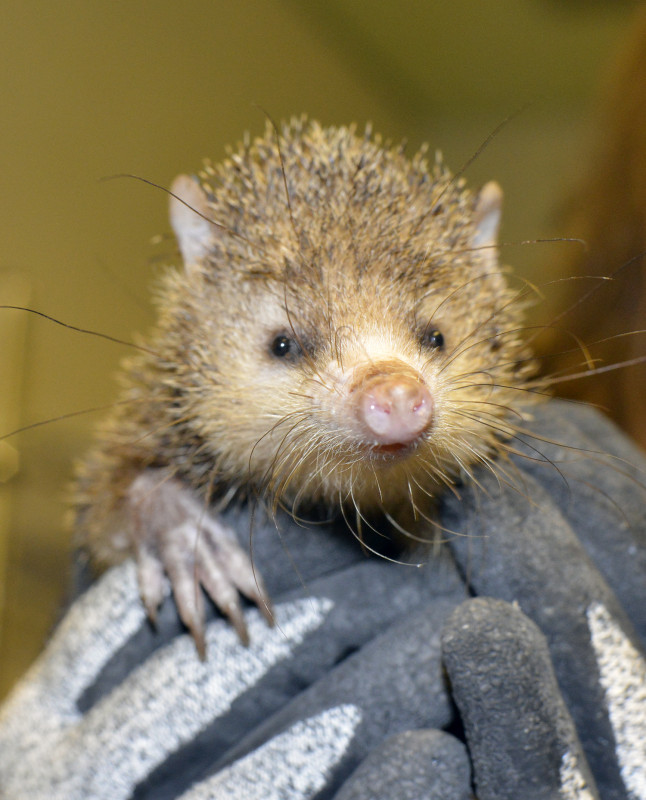News Details

In a recent review paper published in the Quarterly Review of Biology, KLI postdoctoral fellow Silvia Basanta, along with Mihaela Pavlicev (University of Vienna), explores endocrinological aspects contributing to the evolution of long gestation length in placental mammals.
In this review, the authors examine what is known to date about the regulatory and functional aspects of the corpus luteum and the luteal phase across vertebrates, including the ancestral role of progesterone, which predates placental mammals. They highlight how sustained progesterone production during the luteal phase is crucial for gestation, and that gestation length is often correlated with the length of the luteal phase, thereby pointing to a common evolutionary history. The authors also identify the phenomenon of decoupling of progesterone production during pregnant and non-pregnant cycles in placental mammals as crucial in the evolution of prolonged and variable gestation lengths. Using phylogenetic analysis, the authors examine the diversity of mechanisms of this decoupling process, which underlies longer gestation lengths, and argue that gestation length is not a homologous and comparable trait across eutherians; rather, there are numerous independently evolved novelties that affect gestation length in different lineages.
This review adds to classical evolutionary narratives, where the evolution of gestation length is mainly discussed in terms of the costs and benefits for parents and offspring, by shifting the focus to the endocrinology of prolonged gestation from an evolutionary perspective.

